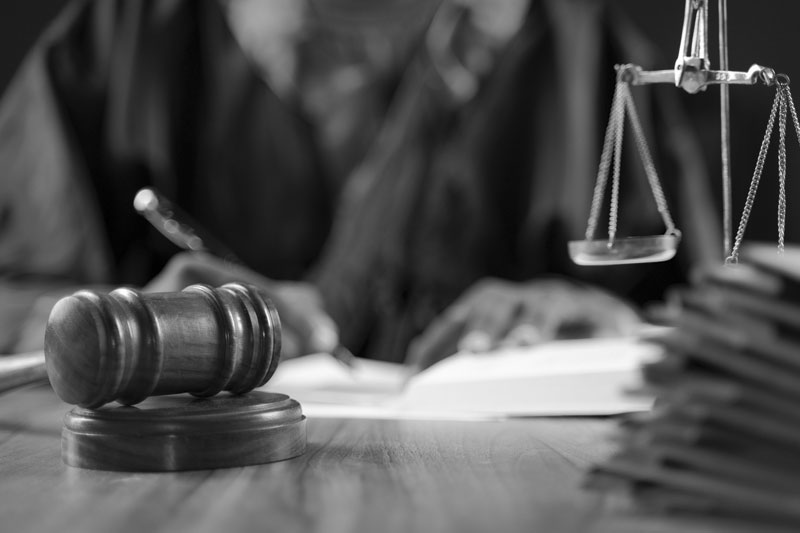Washington state lists its crimes in the Revised Code of Washington. This code is where you will find the list of all crimes under Washington law, the definition of each crime, and sentencing guidelines in some cases.
Two types of crimes: misdemeanors and felonies
Washington state recognizes two types of crimes, misdemeanors and felonies. It is critical to understand the difference between the two because they vary in severity, and each has different consequences.
What is a misdemeanor?
Simple misdemeanor
Washington state defines a misdemeanor as a minor (less severe) criminal offense. Examples of a simple misdemeanors include disorderly conduct and shoplifting. Consequences for these crimes could consist of up to 90 days in jail and fines of up to $1,000.
Gross misdemeanor
Gross misdemeanors are much more severe. For example, a first-time DUI or DWI is a gross misdemeanor. The consequences for these offenses are more stringent than simple misdemeanors. They include up to one year of jail time and fines of up to $5000.
Some misdemeanors carry mandatory sentencing guidelines because of the nature of the offense, additional facts involved and prior criminal history.
What are sentencing guidelines?
Sentencing guidelines are suggested punishments for crimes. Depending on the jurisdiction, sentencing guidelines may not necessarily be binding. In some states, however, they play an important role in the court system. Judges look to sentencing guidelines to make decisions when sentencing a criminal defendant.
What is a felony?
Felony crimes are much more severe than misdemeanors. They include offenses like buying and selling drugs, rape, armed robbery, burglary, etc.
Class A felonies
These are the most severe felonies of all and are punishable by lengthy prison sentences, in some cases, life in prison. In addition, consequences for class A felonies include fines of up to $50,000.
Class B felonies
Consequences for class B felonies include up to 10 years in prison and fines of up to $20,000.
Class C felonies
Consequences for class C felonies include up to 5 years of prison time and fines of up to $10,000.
Classification of felonies
Felonies are further classified by their severity level in Washington State’s sentencing guidelines. Within these guidelines, there are at least fifteen classifications for felonies depending on severity and other factors.
Understanding the difference between the types of crime is essential to know how the justice system works. It is critical to know what behavior is punishable by law so you can prevent committing a crime. If you do, it is also important to be knowledgeable, so you can seek immediate assistance.

